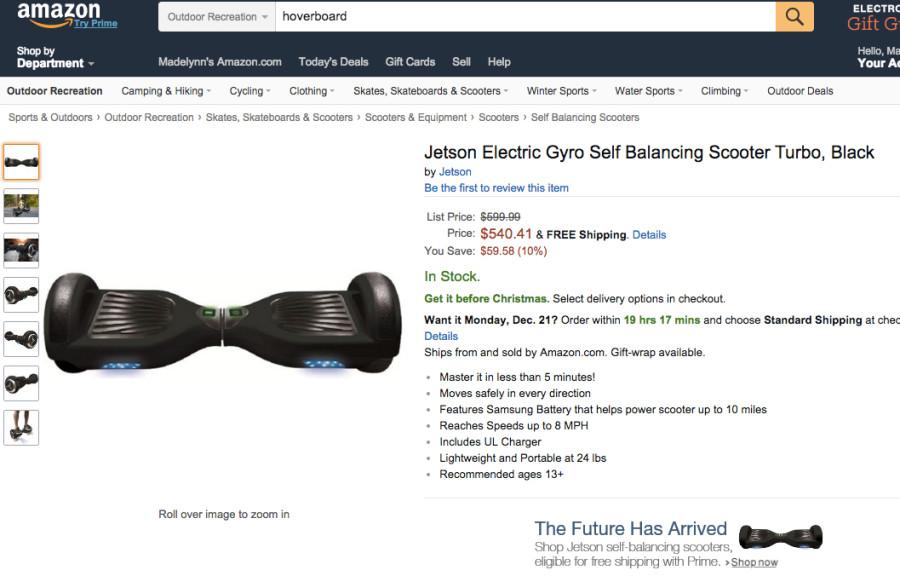Why Hoverboards Probably Shouldn’t be on any Wish Lists this Season
Just when it seemed like hoverboards were going to be underneath the feet of people everywhere, they seemingly now have a different plan of their own.
‘Tis the season of beaming children and ecstatic parents, but when little Johnny’s hoverboard blows up, disintegrating to ashes while being charged on Christmas morning, there will be no more smiling.
“Over the past several months, local fire departments in the US and UK have reported incidents involving hoverboards catching fire. Families in Alabama, Louisiana, Florida, Hong Kong, and London have seen their houses burn after the boards burst into flames during charging” (Quartz).
Although hoverboards are claimed to be ‘the most-wanted sports item on Amazon,’ Amazon has officially called it quits in regards to selling multiple knock-off hoverboard brands that have incidentally caught fire, such as Swagway.
Professor of Materials Science and Engineering at Carnegie Mellon University, Jay Whitacre explained, “the problem doesn’t have to do with these self-balancing scooters themselves, but with the quality of the batteries being used. They’re cheap, and it makes sense: This is a hot (pun not intended) holiday product, the reputable models are pretty expensive, and more-affordable brands are using cheaper components to lure in shoppers that don’t want to spend a grand or more on a hands-free Segway” (Wired).
Amazon now requires a document verification concerning the specific hoverboard and the type of battery they carry internally, in hopes of preventing harm to customers and losing their current credible reputation (Tech Times).
Going to Walmart, or searching up the cheapest hoverboard, is not a bright idea. Make sure the hoverboard is high quality and read several reviews in order to make sure that a particular brand’s battery will not overheat, resulting in homelessness, or living with Grandma.


